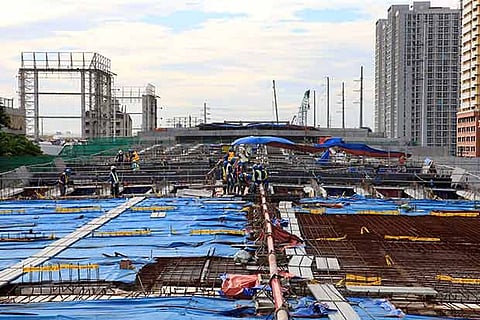

Chennai
REITs are set to provide investment opportunities to smaller investors next year. India’s real estate markets are poised for growth in the medium-to-long term on the back of higher transparency and further consolidation. India’s Tier 1 cities are expected to move up from their current 36th rank in JLL’s 2018 Global Real Estate Transparency Index (GRETI) on the back of continued improvements in structural reforms, implementation of RERA and GST aimed at making India a modern economy.
Office asset class
According to Ramesh Nair, CEO & Country Head, JLL India, “Vacancy levels remained largely unchanged through 2017, hovering at around 14% pan India. Select markets saw lower vacancy levels and are expected to see a further decline in 2018. Overall vacancy levels will likely hover around 15% during 2018. Very low vacancy rate and continued demand in the prominent office corridors of Bengaluru, Hyderabad and Pune will help better rental appreciation in 2018.”
Rents in these markets are expected to rise faster into the range of 6-8% (y-o-y), while select sub-markets such as suburbs of Mumbai, NH-8 in NCR and the SBDs of Chennai will also see similar rental movement. Attractive rents and healthy demand will positively influence rental appreciation in these markets. Chennai and Pune crossed their historic rental peaks in 2017.
He said, “The net office space absorption for 2017 will be at around 32 mn square feet if all supply expected to come in this year enters the market. In 2018-19, the future supply is expected to be higher in NCR and healthy in Hyderabad and Mumbai, while it will be lower than expected in Chennai and Kolkata.”
Pan-India, total office stock across the seven major cities is forecast to reach around 600 mn square feet by end of 2019. In alternate office (or co-working) spaces, around 1.2 mn square feet got absorbed across major Indian cities in 2017. Co-working involves various individuals or start-ups sharing a common workplace environment. Firms can save 15-20% by using co-working space, which provides a modern workplace along with plug-and-play amenities at par with those at Grade A offices.
Visit news.dtnext.in to explore our interactive epaper!
Download the DT Next app for more exciting features!
Click here for iOS
Click here for Android